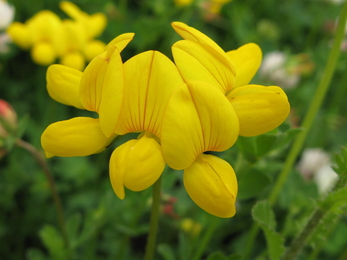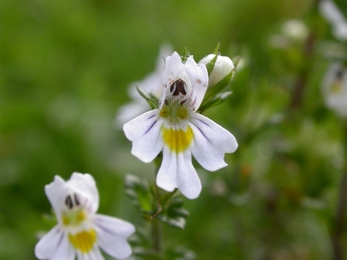Since 1950, 97% of flower-rich lowland meadow has disappeared from the British countryside, lost to increased productivity on agricultural land as farming was industrialised post-World War II. Instead of relying on hay to feed stock over winter, farmers were encouraged to plough up meadows and sow rye grass, cut several times a year for silage, and producing the uniform green fields we see today.
Herbicides removed the variety of wild flowers and herbs which brightened the expanses of grass and supported hundreds of different insects. The few remaining pockets of traditionally managed meadow are rare gems of biodiversity, surviving as islands amid an encroaching sea of ‘improved’ silage fields. Lowland meadow is now recognised as a habitat of priority importance (HoPI) in the national government’s establishment of a Nature Recovery Network – a major commitment in the 25 year environment plan to restore and enhance the natural environment, and it is to be hoped that the aim of making more, better, more connected spaces for nature will encourage preservation, restoration and re-creation of flowering meadows.



